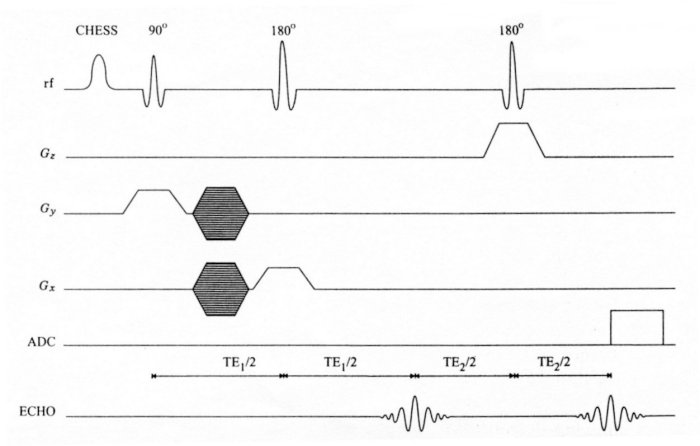

Even with these high fields, the energy difference between the two spin states is less than 0.1 cal/mole. Modern nmr spectrometers use powerful magnets having fields of 1 to 20 T. The earth's magnetic field is not constant, but is approximately 10 -4 T at ground level. The international unit for magnetic flux is the tesla ( T). Strong magnetic fields are necessary for nmr spectroscopy. At a field equal to B x a formula for the energy difference is given (remember I = 1/2 and μ is the magnetic moment of the nucleus in the field). The following diagram illustrates that the two spin states have the same energy when the external field is zero, but diverge as the field increases. The difference in energy between the two spin states is dependent on the external magnetic field strength, and is always very small. Note that the arrow representing the external field points North.ģ. The magnetic moment of the lower energy +1/2 state is aligned with the external field, but that of the higher energy -1/2 spin state is opposed to the external field. In the presence of an external magnetic field ( B 0), two spin states exist, +1/2 and -1/2. The resulting spin-magnet has a magnetic moment ( μ) proportional to the spin.Ģ. A spinning charge generates a magnetic field, as shown by the animation on the right. The following features lead to the nmr phenomenon:ġ. Since the analysis of this spin state is fairly straightforward, our discussion of nmr will be limited to these and other I = 1/2 nuclei.įor a table of nuclear spin characteristics Click Here. Isotopes of particular interest and use to organic chemists are 1H, 13C, 19F and 31P, all of which have I = 1/2. The nuclei of many elemental isotopes have a characteristic spin ( I).

To be successful in using nmr as an analytical tool, it is necessary to understand the physical principles on which the methods are based. Although larger amounts of sample are needed than for mass spectroscopy, nmr is non-destructive, and with modern instruments good data may be obtained from samples weighing less than a milligram. Of all the spectroscopic methods, it is the only one for which a complete analysis and interpretation of the entire spectrum is normally expected. Over the past fifty years nuclear magnetic resonance spectroscopy, commonly referred to as nmr, has become the preeminent technique for determining the structure of organic compounds. NMR Spectroscopy Nuclear Magnetic Resonance Spectroscopy


 0 kommentar(er)
0 kommentar(er)
